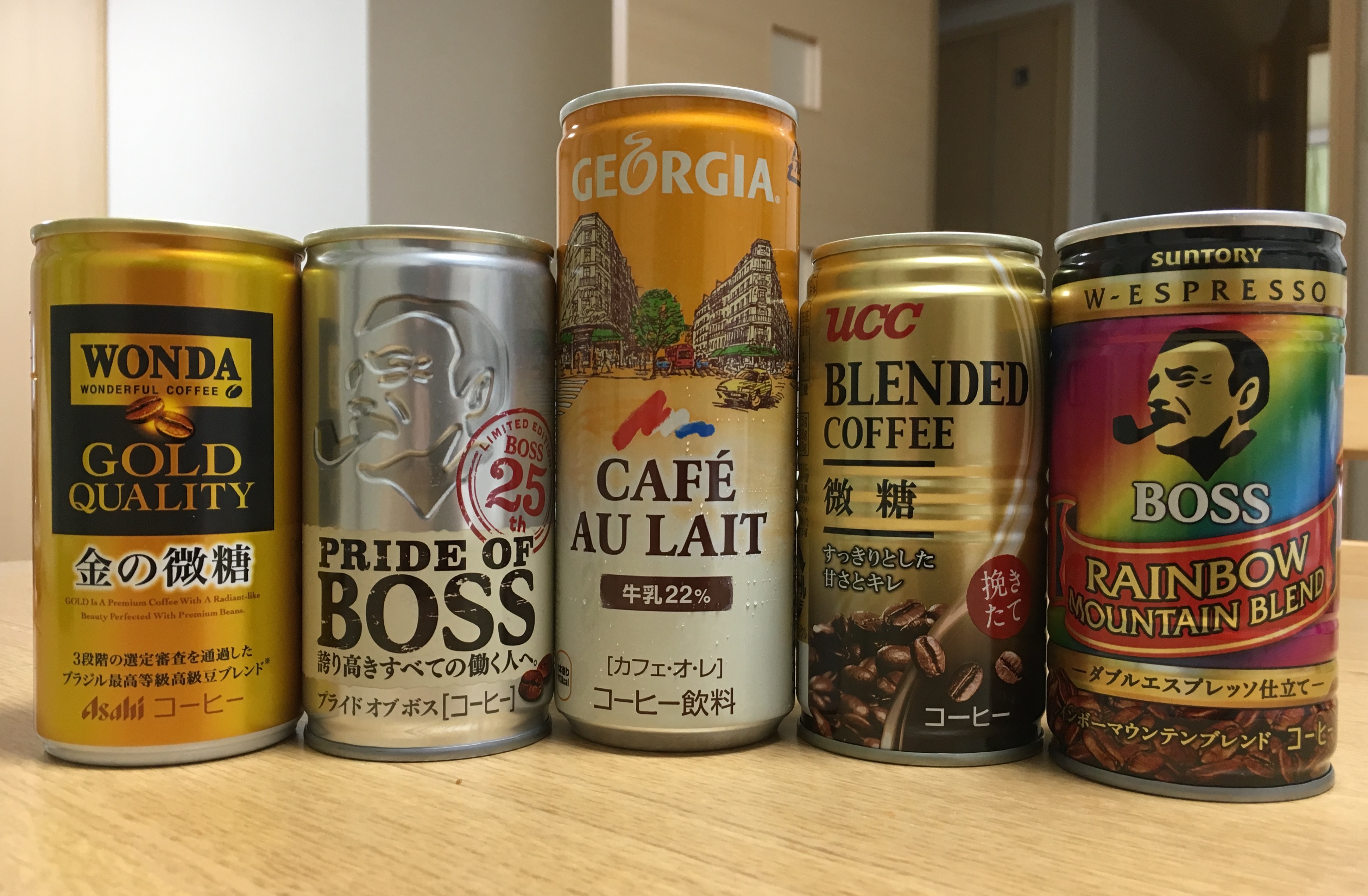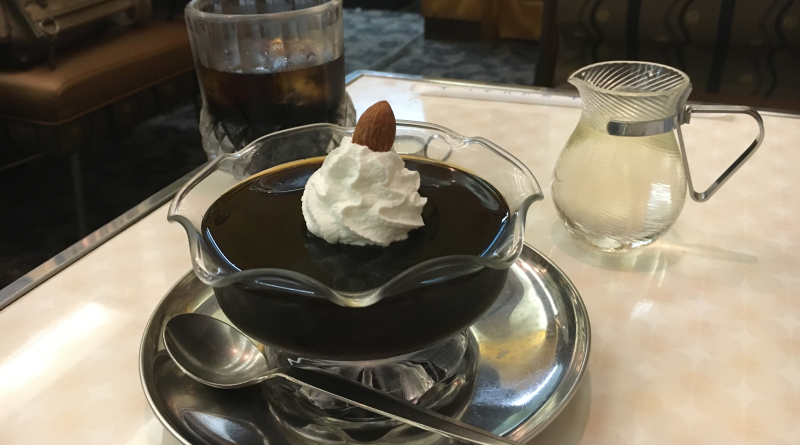Osaka’s Retro Kissaten
From dozens of different kinds of canned coffee found in vending machines, to a marked increase in the number of cafes and coffee houses Japan’s coffee consumption is without a doubt on the rise. However, as the number of chic cafes and trendy chain coffee shops continues to climb, one style of cafe is in fact on the decline: kissaten.

What is a Kissaten?
Japan was introduced to coffee in the 1800’s and slowly grew in popularity. By the end of the 1920’s, cafes that served coffee and tea in Western-style shops were the place to be. Eventually a great number of cafes started to serve cocktails or other alcoholic drinks in the evening. They would also hire some kind of entertainment and things often ended up feeling more like a night club than a cafe. However, there were cafes that did not serve alcohol regardless of time of day. In order to differentiate themselves, cafes that only served non-alcoholic beverages labeled themselves as kissaten [喫茶店] or junkissa [純喫茶], meaning pure kissa.
Showa-Style Kissaten
By the Showa Period (1926-1989) kissaten were well ingrained into Japanese society. Sadly, during World War II, coffee became too great of a luxury item and many kissaten had to close. Once the war ended and the Japanese economy began to improve, kissaten started popping up again.

The kissaten of the Showa Period had a very distinct feel to them. They were dimly light and very small, often only able to seat a handful of handful of people at a time. Arguably, the most iconic element of a kissaten from this period are the men who ran them, a middle-aged man known simply as “the master”. Though many of these masters were only self-taught, they had very strong opinions not only about coffee, and trends they heard about from overseas.
In many ways these cafes were a reflection of the master who ran it. Many of the elements in the cafe from the kind of coffee served to the decor, were often heavily influenced by the tastes of the master. The master would also offer a selection of desserts and light meals in the cafe, which again were largely influenced on what he left like putting on the menu.
Another iconic thing about visiting a kissaten was the relationship between the master and his customers, who would take the time to get to know his each of customers, by making small talk while he prepared their coffee.

Kissaten Today
Over the years, kissaten have gradually fallen out of fashion. Today, many coffee houses and cafes around the world tend to have a lot in common, but kissaten have stubbornly held on to their dark rooms and kitsch decor. In fact, while most still proudly call themselves kissaten, most young Japanese people call them retro cafes!
Apart from the atmosphere seeming passé to younger Japanese people, draw back to kissaten is that they are often smoker friendly places. Fewer Japanese people smoke now than during the Showa Period and most foreigners and tourists prefer smoke free environments. Still, going to one of these retro cafes can feel like walking into a time capsule. In fact, all kissaten around today are from the Showa Period and continue to stay true to that time period.
Kissaten in Osaka
While fewer in number than modern coffee houses, there are a fair deal of kissaten to pick from in Osaka. Listed below, in no particular order, are the kissaten we have visited. We periodically update this list, so check back from time to time to see what’s new. Click on each name for more details.



Leave a Reply